- Home
- About Us
- Tel : +91 33 4022 9591
Buenos AiresView all the popular packagesOffers
4 Popular Packege(s)
Area 4758 Square Kilometers
Population 2.89 Million
Winter Temperature 12°C July
Summer Temperature 25°C January
Best Time To Visit The best travel deals are between April and June. The most beautiful time to visit, however, is in October and November when the jacaranda trees are in bloom
Buenos Aires by Flight
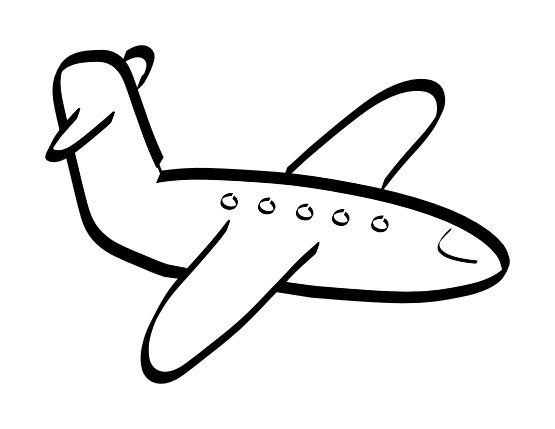
Buenos Aires is Argentinaâs international gateway and easily accessible from North America, Europe, and Australasia, as well as other capital cities in South America.
The main airport used for international flights to travel to and from Buenos Aires is Ezeiza International Airport, about 35 km (20 mi) south of Buenos Aires. Most domestic flights, as well as many flights to and from neighboring countries (Uruguay, Brazil, Chile and Paraguay) use the smaller but more convenient Aeroparque Jorge Newbery airport, a short distance from downtown Buenos Aires.
Buenos Aires by Train

There are national railways, but they are very few in numbers. There are some long distance domestic services. Buses are usually faster and more comfortable, but also three times as expensive.
Buenos Aires by Bus
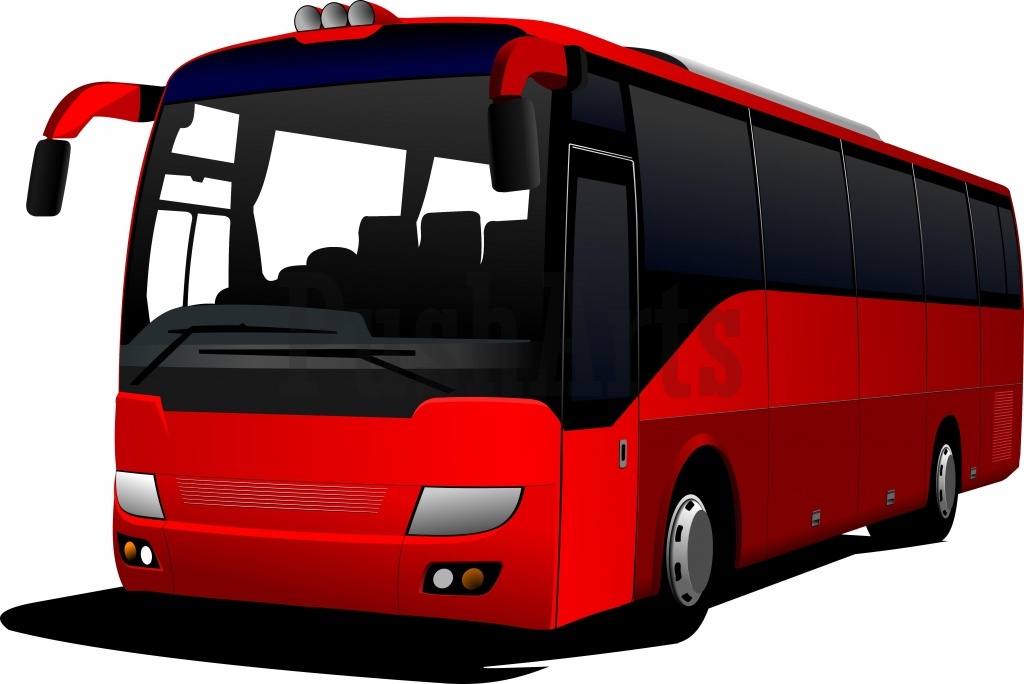
Argentina boasts an outstanding short and long-distance bus network. Since regional train service is limited and plane tickets are more expensive, bus travel is the most common way to travel from city to city within Argentina. There are very good services departing from Retiro bus station
Buenos Aires by Boat

There are daily journeys to and from Colonia and Montevideo in Uruguay.
Buenos Aires by Vehicle

You can get to Buenos Aires from any of the neighboring countries by car, but it is far away from most of the borders. It is really common to travel there only from Uruguay and southern Brazil.
There are four main highways entering the city which connect to suburban areas and other national routes. As with the trains, the bigger and more frequented routes are centered in Buenos Aires, so you will have no problem driving to and from the rest of the country.
Buenos Aires

The Argentine capital is at once a traditional and avant-garde city. A sprawling place of nine million inhabitants, Buenos Aires is most easily defined by its neighborhoods: Buenos Aires is also well known for its great soccer stadiums, tango music and dance (that can be best listened to and viewed in the traditional Café Tortoni). The wide selection of cultural institutions such as the recently opened Latin-American Museum of Art (MALBA) shouldn't be ignored: this is very much Argentina's cultural capital as well as being the seat of government. There is also a wealth of beauty and history here, and no tourist can leave the city without visiting Palermo Park and the Plaza de Mayo, surrounded by such symbolic buildings as the Cabildo (town hall), the cathedral, and the Casa Rosada, the government's headquarters
San Telmo
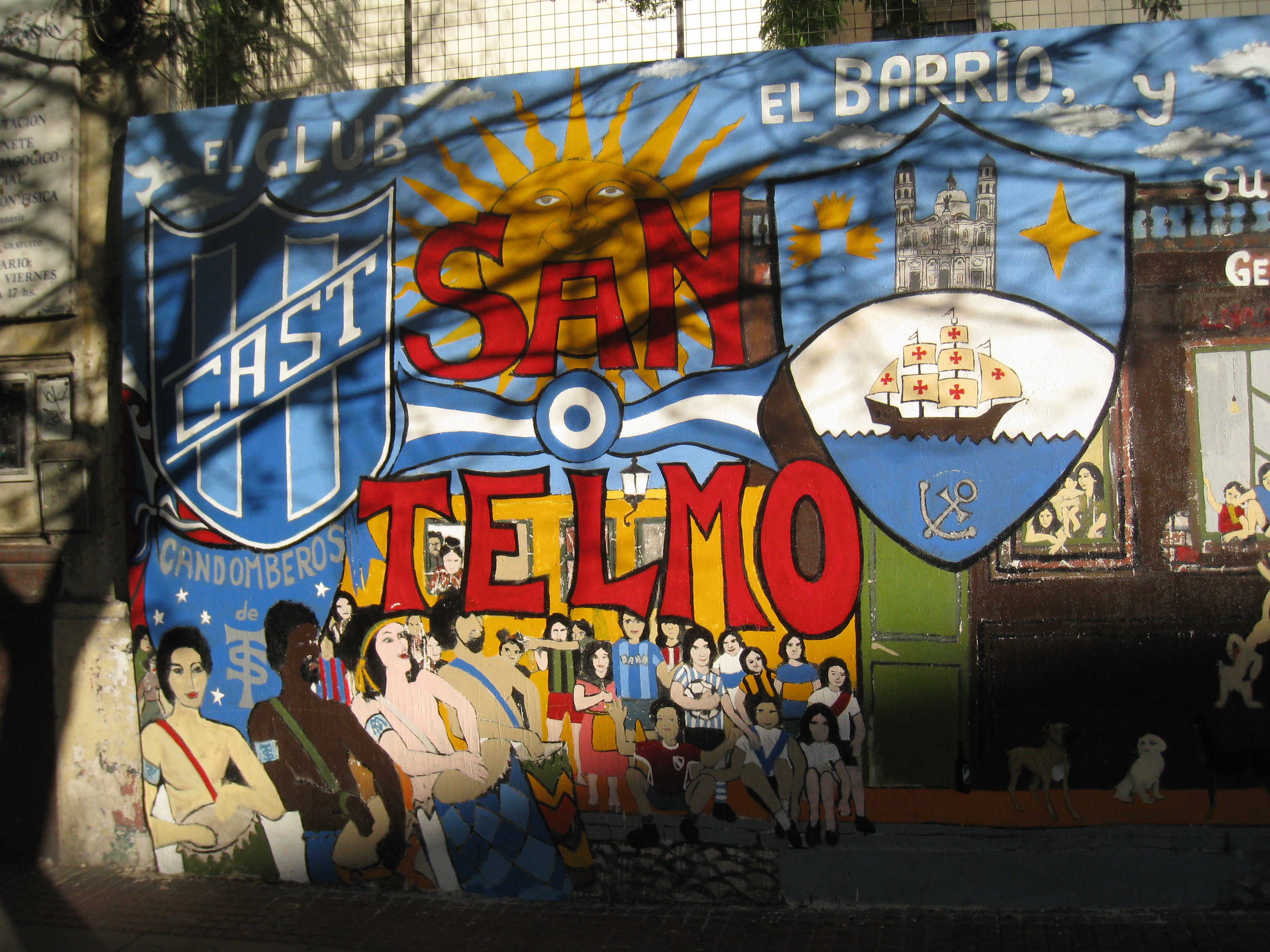
San Telmo where the visitor can buy antiques in a market surrounded by colonial style buildings. Then there's elegant Puerto Madero and La Boca where the first Genoese immigrants settled in red, blue and yellow houses along picturesque Caminito Street.
Teatro Colon
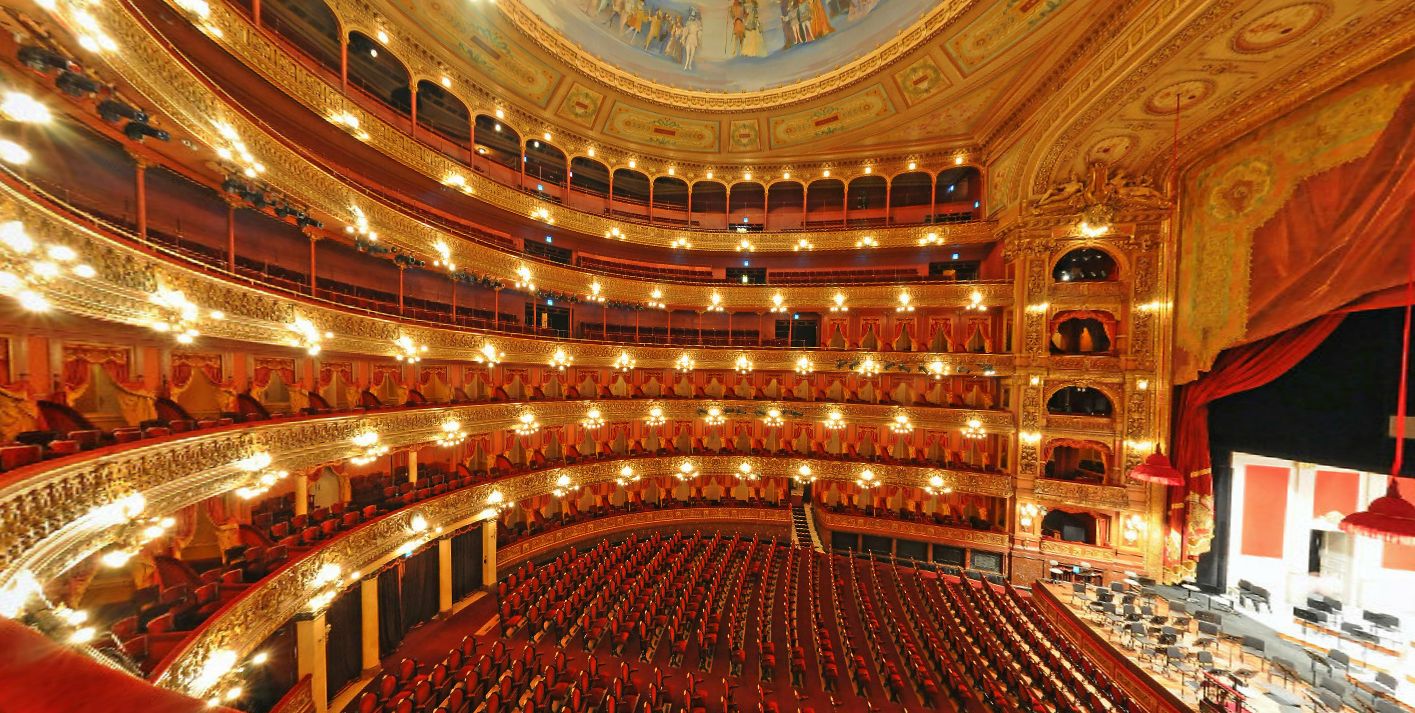
The Teatro Colon needs little introduction to those familiar with the opera. As one of the world's premier opera houses, it has hosted the likes of Maria Callas, Toscanini, Stravinsky, and Caruso. Tickets are hard to come by, as many of the theater's 3,500 seats are held by season ticket holders. A guided tour lets the visitor glimpse the inner workings of this eminent center of opera
Plaza de Mayo

The Plaza de Mayo is the city center (the city, in fact, was literally built around it), some of Argentina's most important historical events took place here. Surrounding it is the Government House, the Metropolitan Cathedral, and the Cabildo (town hall). Today the Plaza probably owes most of its fame to the Madres de la Plaza de Mayo, the women who still show up in the square seeking information on the deseparecidos, their loved ones who vanished during the Dirty War.
The Recoleta
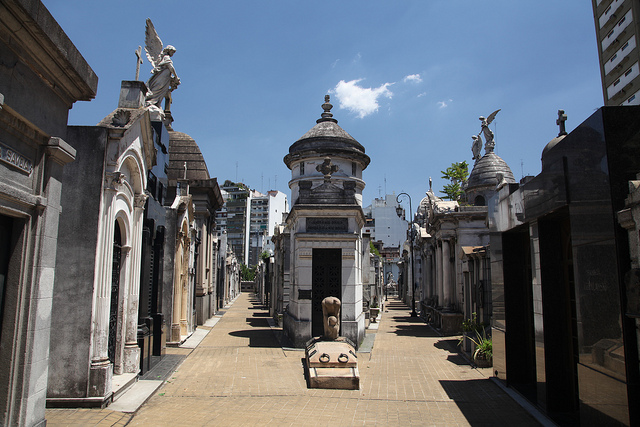
This area is the most fashionable place in Buenos Aires to dine; it is adjacent to the Cementario de la Recoleta, Eva Peron's final resting place. Along with Evita's much-visited grave, there is Our Lady of the Pilar Church, the Cultural Center, and the Palais de Glace, a major gallery. You can walk along the Pilar, which brims with a wide variety of restaurants and venues featuring live music every night
La Boca

Perhaps the most colorful area in Buenos Aires is La Boca (the Mouth), which sits along the port. Here an assortment of brightly painted low houses made of wood and metal burst upon the eyes in a scene that could almost be from some- where in Scandinavia. The main street here is Caminito, which has an artisans and painters fair, open air tango shows, and typical Italian cantinas. Tip: For security reasons, avoid La Boca at night, and do not stray from the tourist areas.
The Parque Lezama
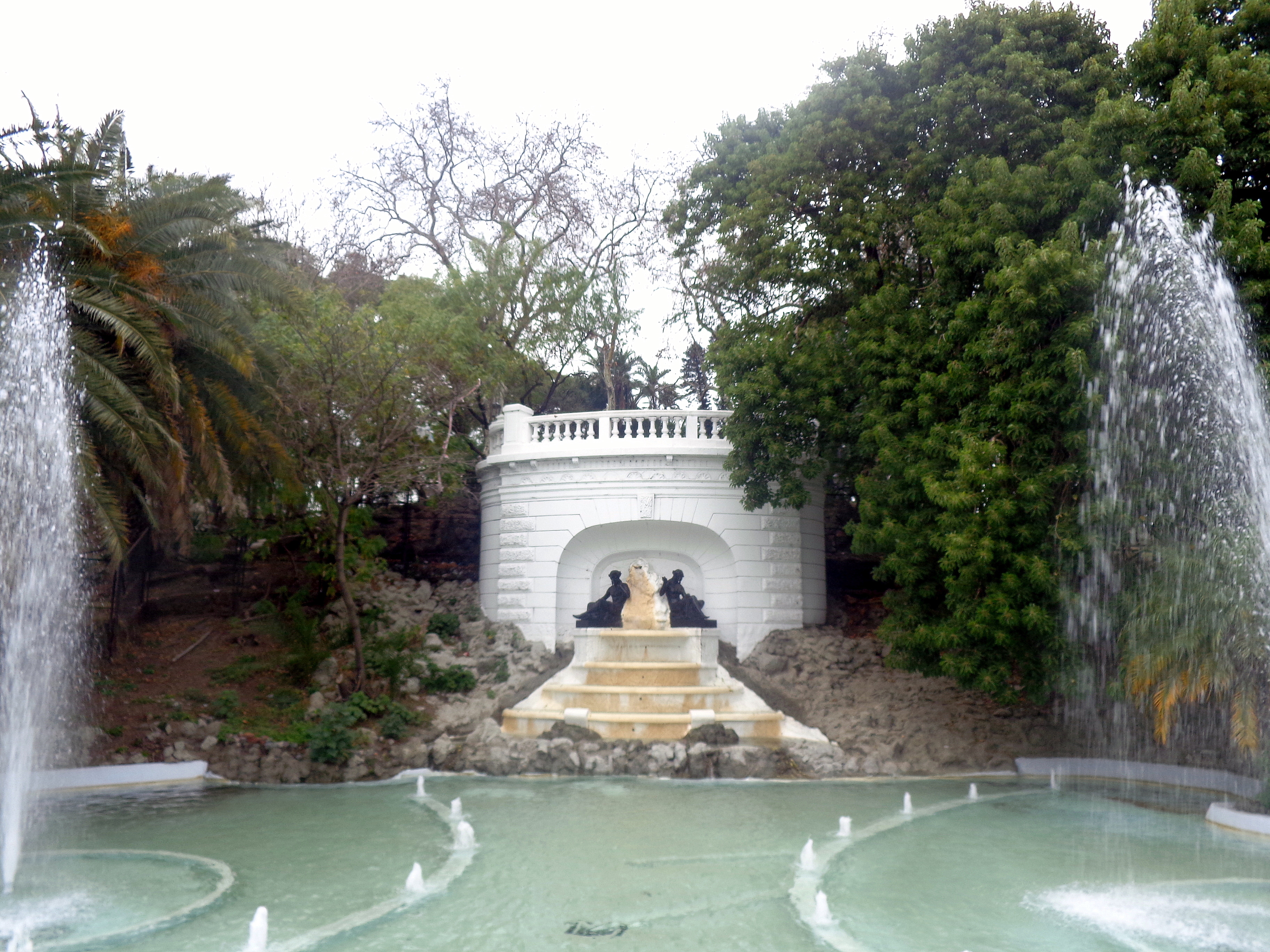
This is one of the city's most attractive parks--enormous magnolias, palms, and cedar elms grace the winding paths among the hills, and a smoothly-flowing river cuts through the park center. At the Museo Historico Nacional, Argentina's turbulent history is reviewed, from the 16th century to the present. It features a collection of paintings by Candido Lopez, a primitive stylist and one of Argentina's most important artists. The Catedral Russo Ortodoxo, with its soaring and majestic onion domes, is one of the city's many fine architectural ornaments. Curiously enough, it is still owned by Russia.
Palermo
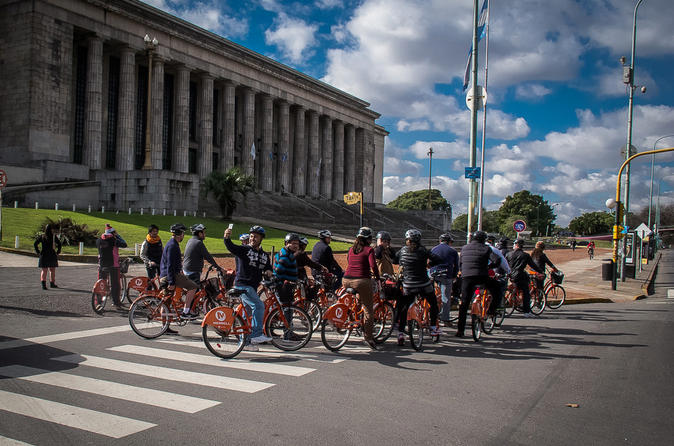
Palermo is area of woods and lakes, on large park composed of many small ones. Among the attractions are a pleasant rose garden filled with sculptures, polo fields, and the Japanese Garden.
Shoppin In Buenos Aires

Wander down Buenos Aires's Calle Florida and Ave Santa Fe for the most upmarket stores in the country. Although the selection is unlikely to be anything different from back home the prices can be significantly less and you can obtain real bargains. The Sunday Flea Market in San Telmo provides excellent, leisurely people-watching and shopping, and there is a very good Sunday Antiques Fair at the Plaza Dorego.
The best things to buy remain the traditional crafts that Argentines have made for centuries. Throughout the country you'll find fabulous leather work from bags, belts and accessories all the way to full coats.
Restaurent in Buenos Aires
Indian Restaurants:
Katmandu ,
Tandoor ,
Bengal ,
Bangalore
Spectacular South America
14 Nights & 15 Days
Lima(3N) Cusco(5N) Buenos Aires(4N) Rio De Janerio(3N)

